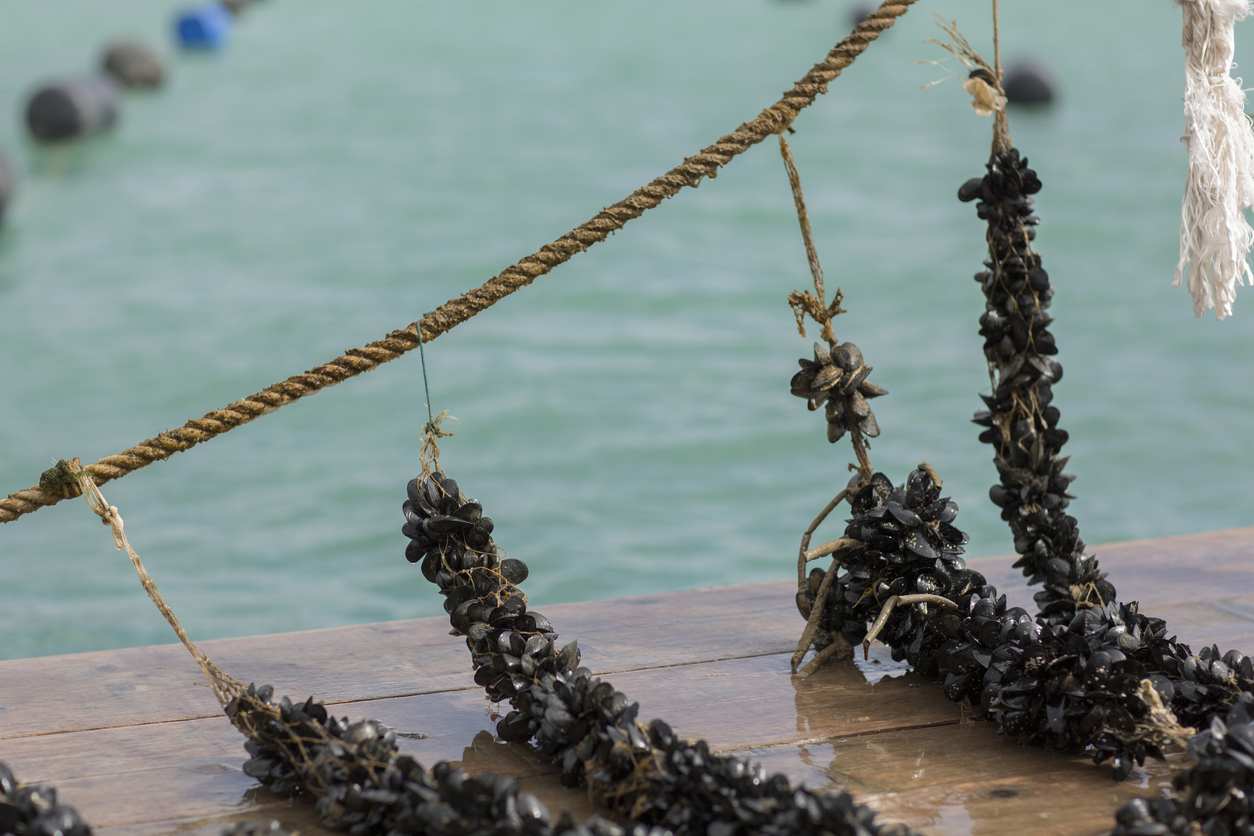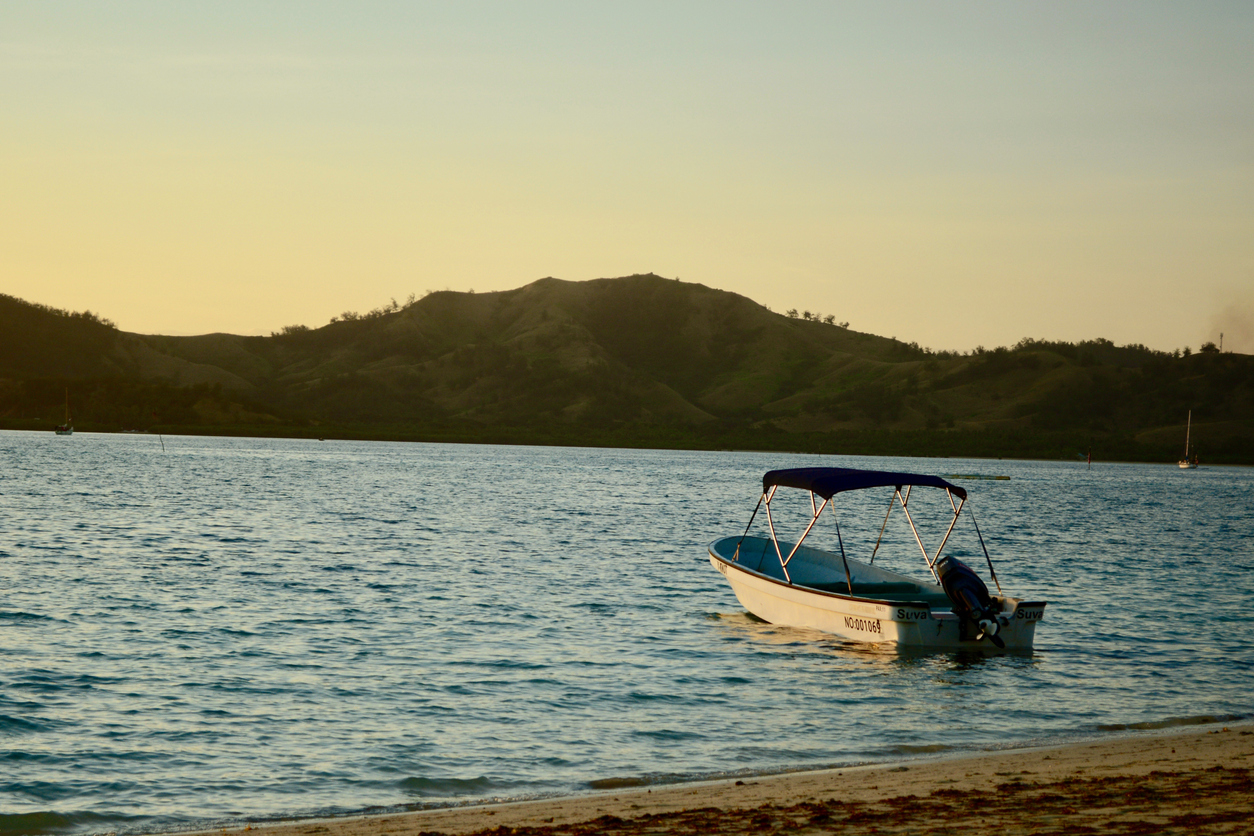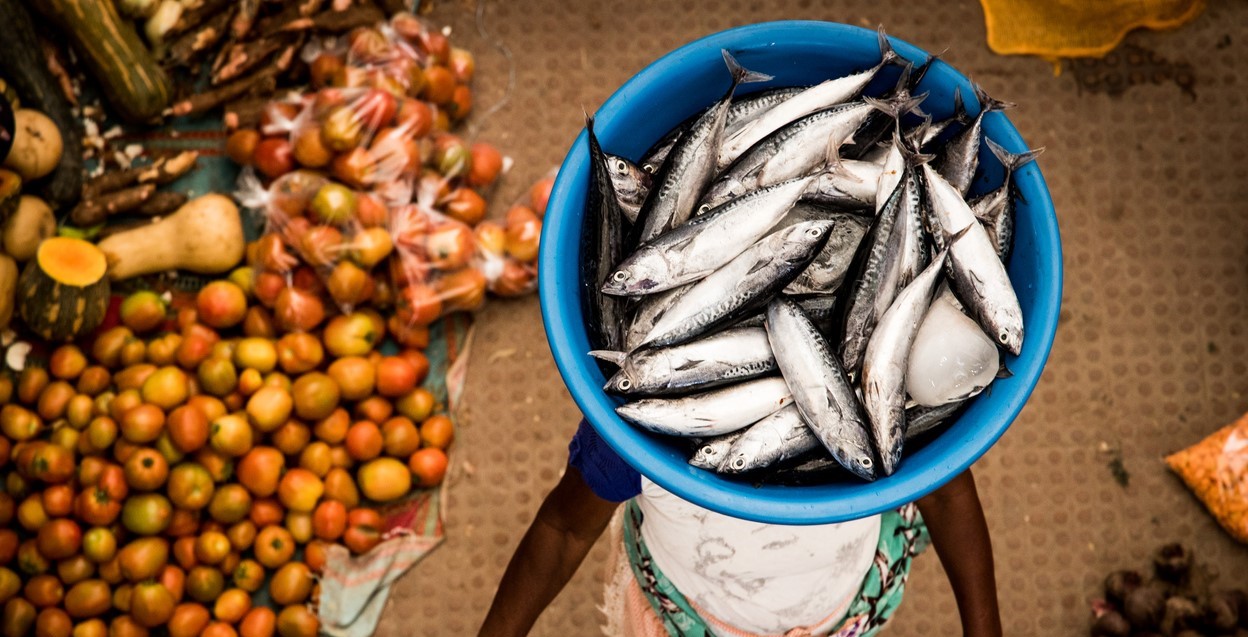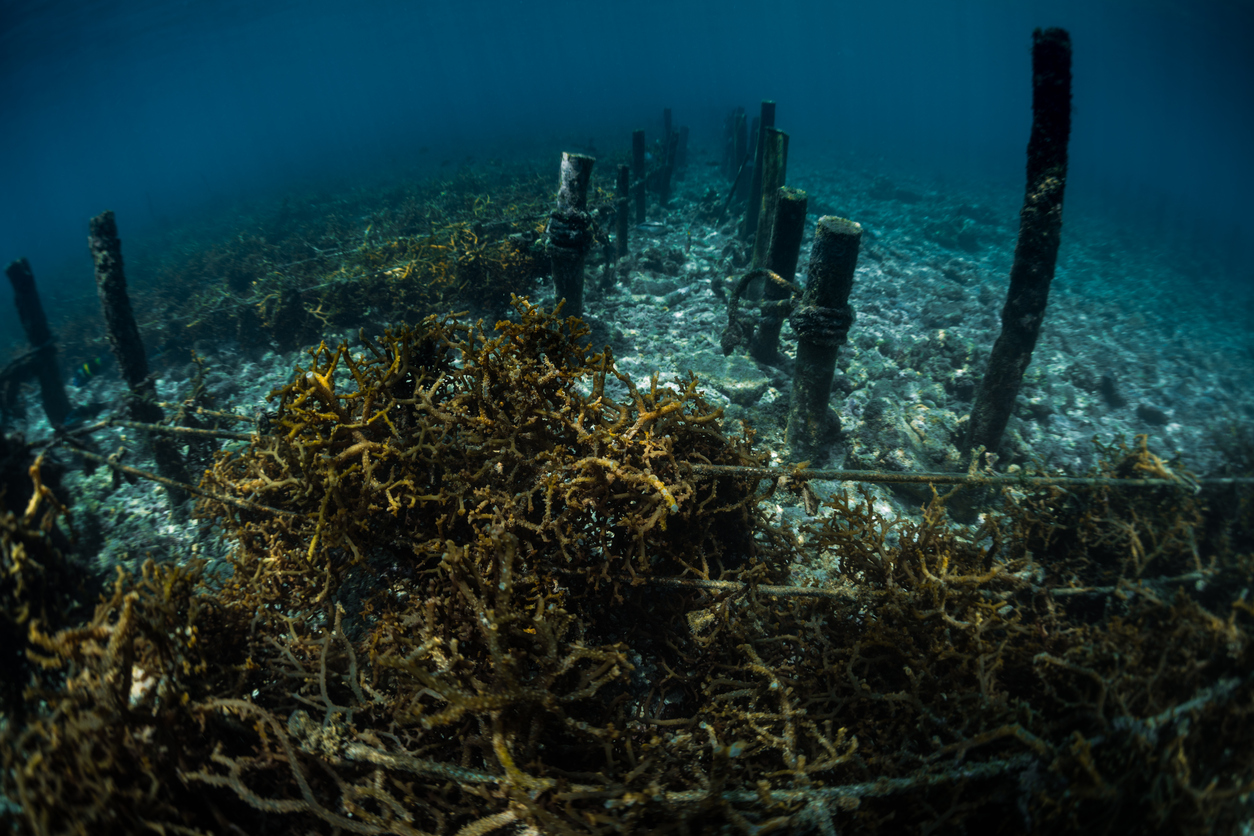Four ways aquatic foods could help achieve global food security
The majority of food consumed globally is grown on land, but aquatic foods grown in rivers, seas, and oceans are an important source of nutrition and could be key to achieving global food security.
Aquatic foods including fish, seafood, plants, algae, and microorganisms are grown in water are an important part of a healthy diet for millions of people. Otherwise known as blue foods, they provide diverse sources of essential nutrients such as omega-3 fatty acids, iron, zinc, calcium, iodine, and vitamins A, B12, and D, among others.
However, while oceans cover more than 70% of the Earth’s surface, only 2% of the world’s food is harvested from the sea.
This is a missed opportunity, as not only is aquatic food highly nutritious, it is also often less costly to produce and has a lower environmental impact than food grown on land.
Around the world, traditional fishing and aquatic farming practices and new technologies are gaining a more prominent seat at the table as resilient, reliable, and sustainable solutions for food insecurity.
Mussel farms in the Philippines

Mussel farming is widely recognized as one of the most environmentally-friendly forms of producing animal protein as the process does not entail the high emissions, pesticides, or animal welfare issues that can prevail on-land farms.
The presence of mussel farms even helps maintain water health as the bivalves pull excess nitrogen out of the water, before releasing it as organic waste which collects on the seafloor and acts as an organic fertilizer for plants.
In the Philippines, the island of Samar is highly vulnerable to typhoons, making it one of the poorest regions in the country. However, local farmers have found that using bamboo trays provides an effective method for mussel farming even when bad weather hits. The modular trays are able to withstand the high waves caused by the typhoons, leaving the mussel farms intact and ensuring productivity, livelihoods, and a high-protein source of food whatever the weather.
Sustainable fishing in Fiji

Being an archipelago nation surrounded by rich marine life, Fiji has a long history of sourcing food in the water. Traditional fishing practices are governed by water management practices called qoliqoli and tabu, which divide the sea into different zones, each with different fishing rules.
Qoliqoli are large, monitored zones in which fishing areas are rotated to prevent overfishing. There are 33 qoliqoli located across Fiji’s Great Sea Reef, and careful supervision of fishing practices keeps fish populations stable, allowing both a reliable food supply and minimal environmental impact.
This practice also helps to protect the diverse wildlife in the quliqoli, including mangrove forests and endangered aquatic species.
Areas that require extra environmental protection are tabu. These are zones inside the qoliqoli that provide homes for unique or endangered species such as coral and turtles. Community leaders have agreed that these areas cannot be fished in order to maintain the natural environment.
This system is key to Fiji’s efforts to support local business, ensure food supply and help the local environment thrive.
A year-round source of protein in Malawi and Zambia

For people living in poor, rural locations all over the world, small fish can be the most accessible source of animal protein available. Small-scale fisheries play an important role in providing employment and a secure, nutritious source of food in places where few other options exist.
In Malawi and Zambia, small fish are the only source of animal protein for some residents, but are also subject to seasonal availability, meaning that times of plenty can be followed by periods where no or few fish can be caught.
From 2016-19, a UN-funded study in both countries investigated ways to ensure a reliable food supply year-round. It found that small, rural communities could, with the help of simple machinery, dry surplus fish stocks caught in peak seasons, and then grind the dried fish into a powder.
This protein-rich powder was then stored and added to traditional recipes during low seasons, helping to boost nutrition, in particular for children under the age of three.
Seaweed farming in Tunisia and beyond

Not only are seaweeds healthy – nutritionally they are low in fat and rich in carbohydrates, minerals, vitamins, and essential micronutrients – but they also have a positive environmental impact.
Seaweed farms can capture large quantities of Co2 and help regenerate marine systems by countering acidification and deoxygenation caused by global warming.
Tunisia is seen as a trailblazer in the seaweed industry thanks to a pioneering red algae farm in the Bizerte lagoon, which exports more than 100 edible and non-edible products and provides livelihoods for local communities, with a majority of female employees.
The waters and climate in Tunisia make it an ideal location for growing seaweed, which can also stimulate the development of local marine life such as shellfish –another source of aquatic food.
In order to ensure supplies last, 10% of the seaweed harvest, which happens every 45 days, is returned to the lagoon to stimulate more growth.
This business model is proof that blue foods can be profitable as well as sustainable: it has expanded from Tunisia to Mozambique and Zanzibar, exporting to 17 countries.